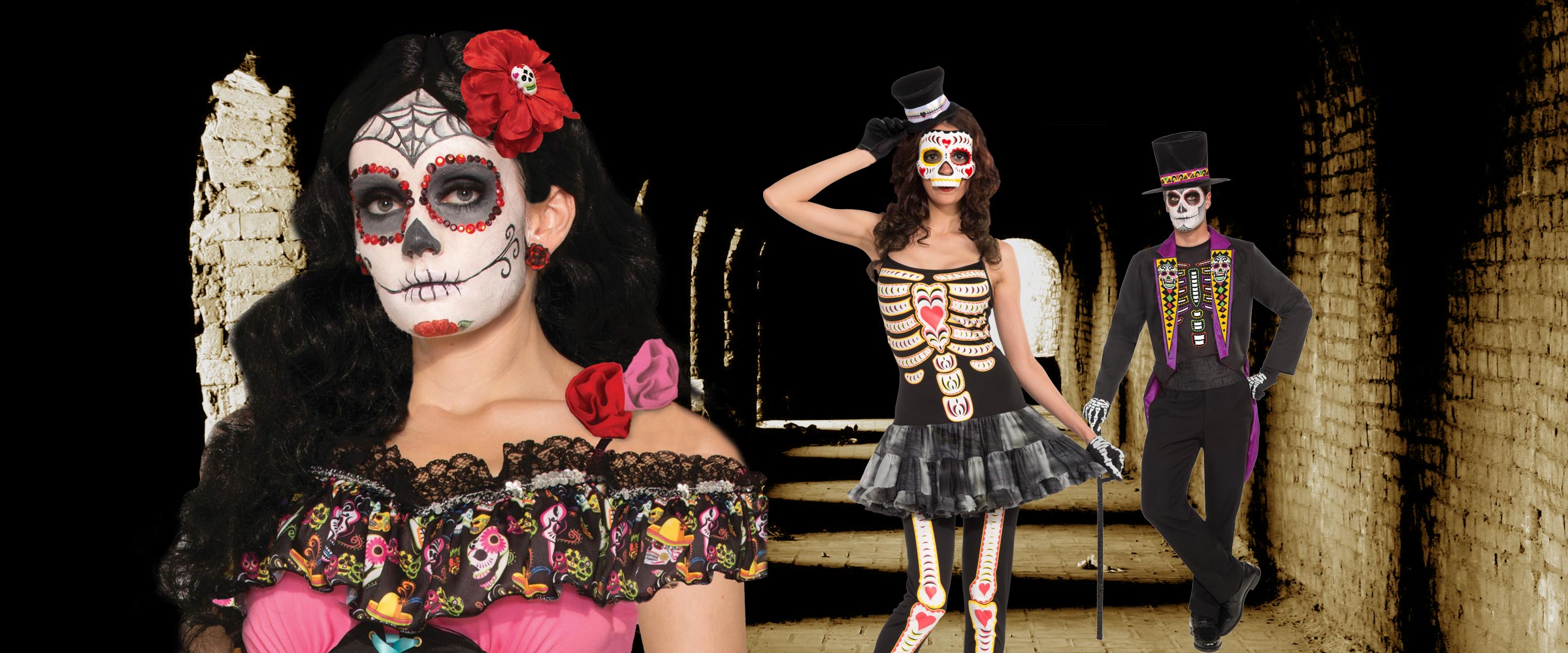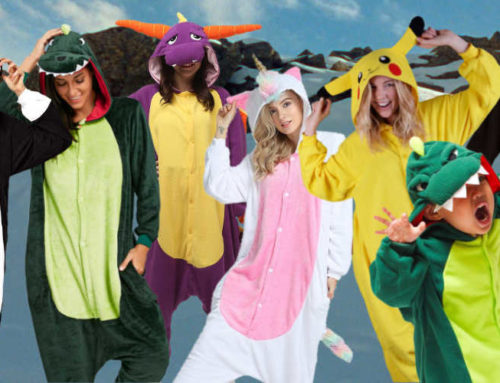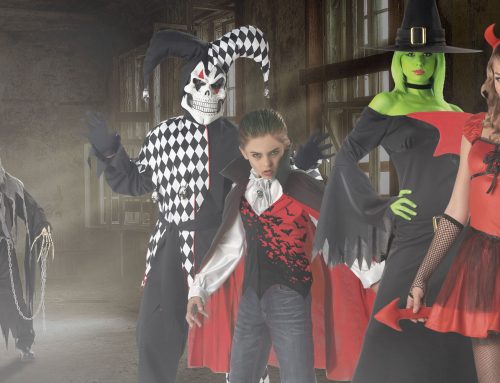When was the last time you made a trip to a cemetery to visit the grave of a loved one, maybe to dust off a headstone or lay out some flowers? In the United States, many people do so on Memorial Day in May, which is when veterans who died while serving in wars are honoured. But we don’t really have a holiday to pay tribute to everyone who has died under all circumstances. In Mexico, however, Día de los Muertos – “Day of the Dead” is a holiday that does exactly that.
An ancient Aztec festival many people see the sugar skulls, face paint, and colourful skeleton decorations and assume that Día de los Muertos is simply an extension or alternate version of Halloween. But the origins of this holiday date back to pre-Hispanic times. It used to be celebrated during the ninth month of the Aztec calendar (roughly comparable to our month of August), when the Nahua people held a month-long festival in honour of the goddess Mictecacihuatl or, for easier pronunciation, the Lady of the Dead. In Aztec mythology, she was the queen of the underworld and keeper of the bones of the deceased. By venerating Mictecacihuatl, the ancient Aztecs were also making it possible for their dead relatives to return for a visit.
When the Spanish conquered Mexico, the holiday fused with the Catholic observances of All Saints’ Day and All Souls’ Day, and it was moved to coincide with these religious events. This means that the celebration of Día de los Muertos now occurs on November 1, to honour children who have died, and November 2, to honour adults who have died. Throughout the centuries, the holiday has remained positive and celebratory in nature rather than being a day of mourning.



